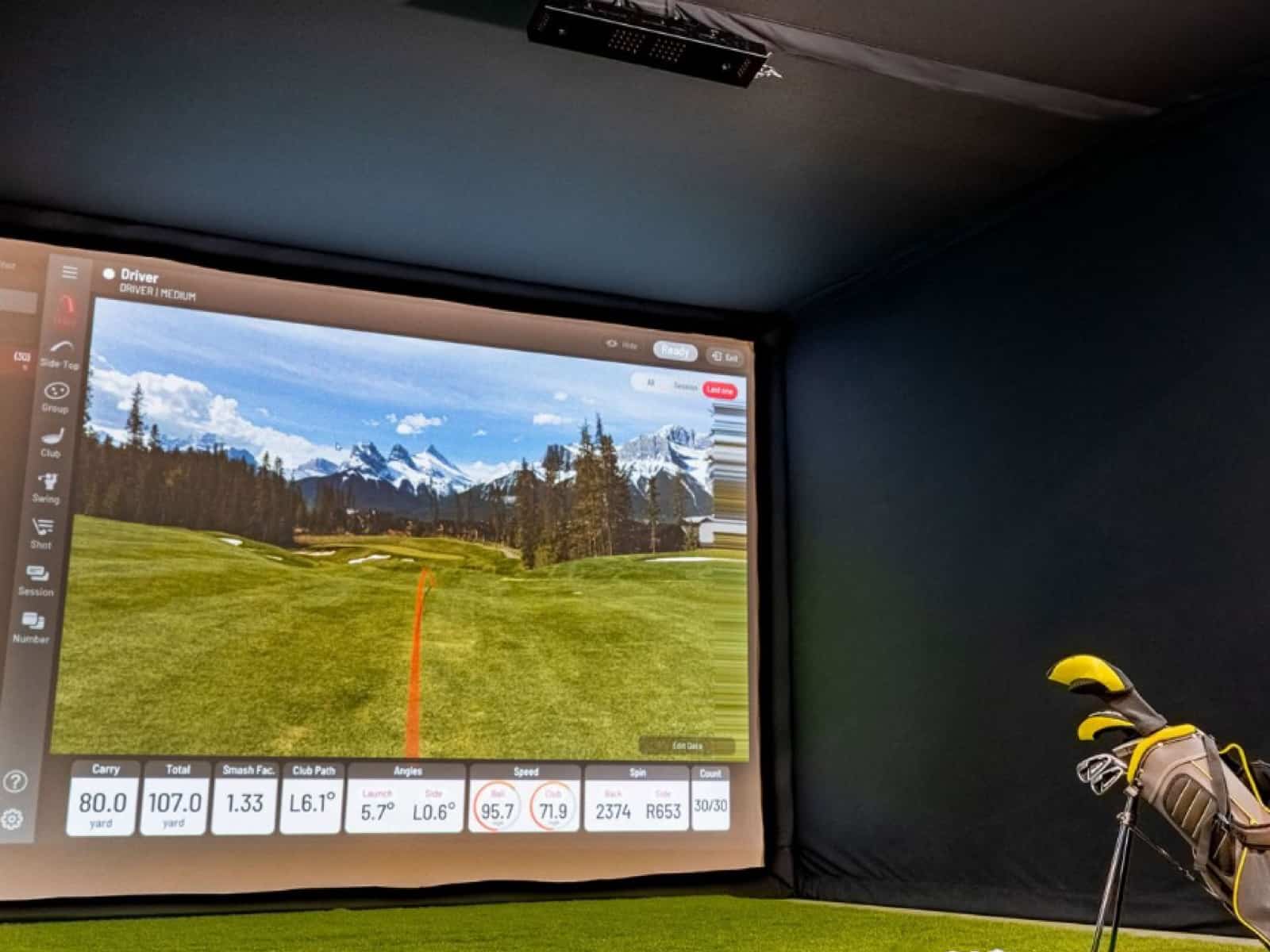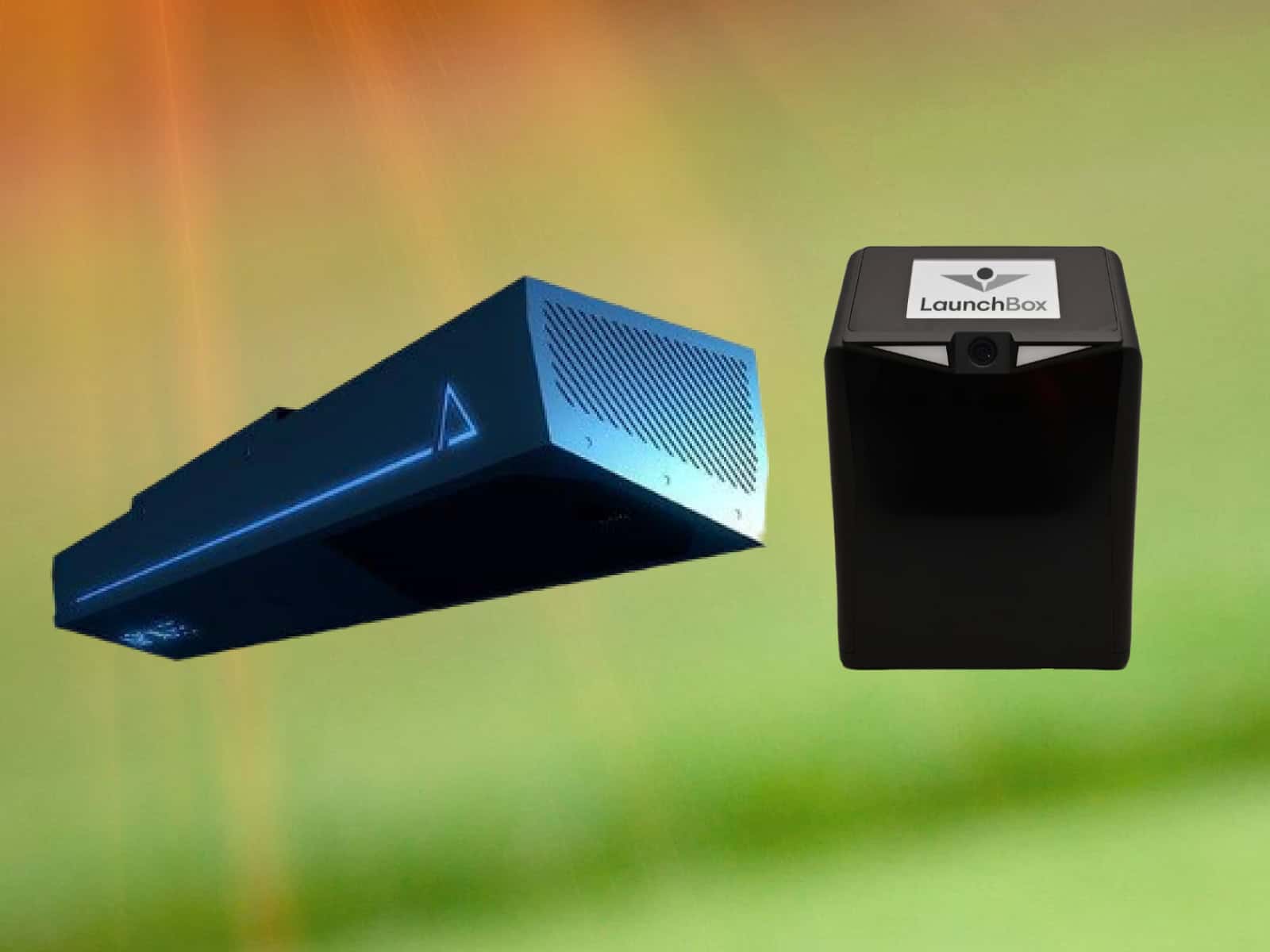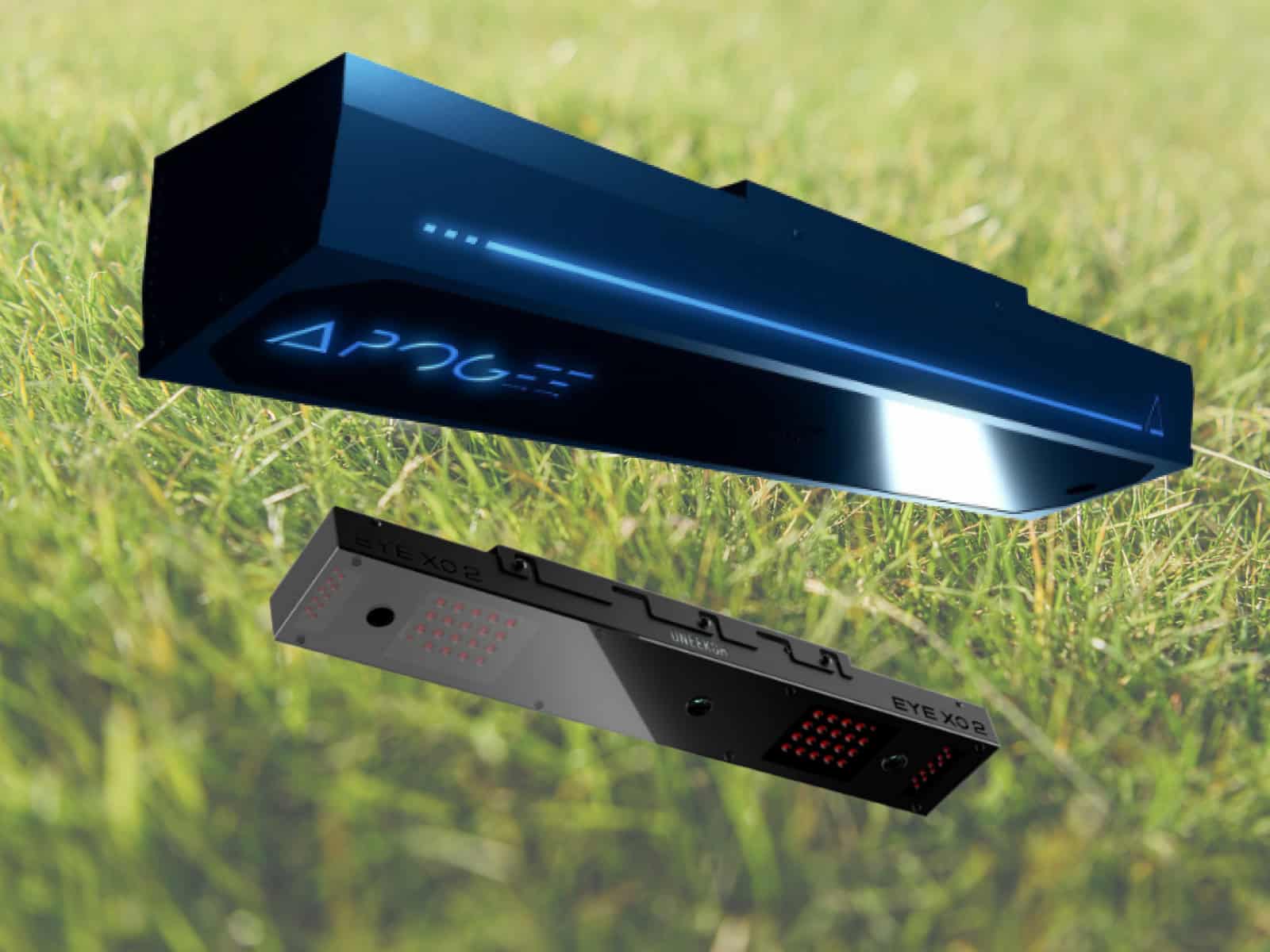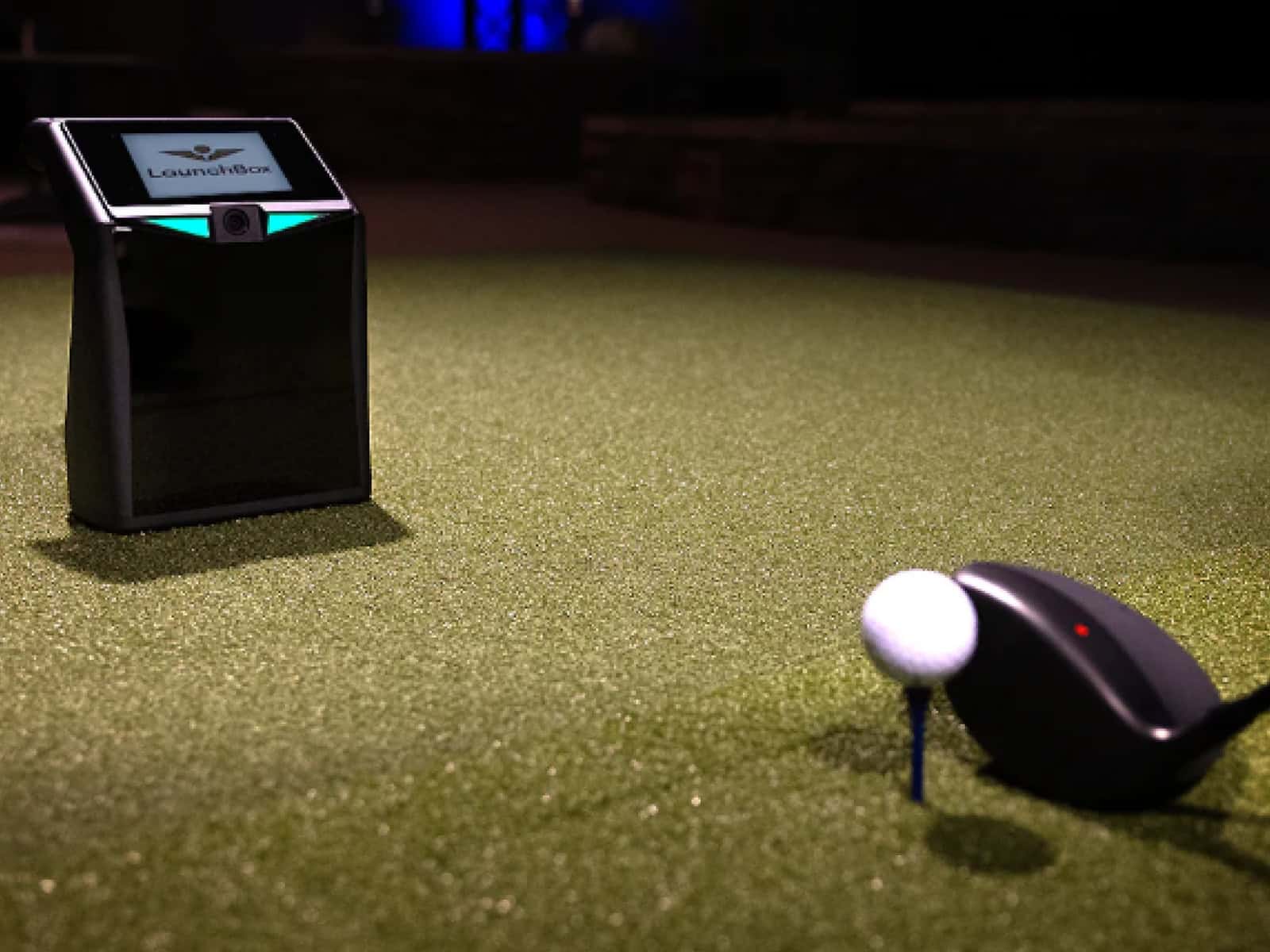Launch monitors have become an indispensable tool for golfers looking to analyze and improve their games. Providing detailed statistical data, launch monitors shed light on critical performance metrics that are otherwise difficult to quantify.
By revealing strengths and weaknesses grounded in real data, you can make efficient, targeted improvements. Launch monitors are especially useful for club fitting, enabling the choice of optimum equipment specifications for your game. They also help diagnose swing flaws more objectively than relying on feeling alone. Furthermore, launch monitors let golfers simulate playing any course in any condition without leaving home. The metrics captured motivate progress by quantifying adjustment effects.
This article will explain why launch monitors are useful for golfers and provide an overview of the key data points measured.
Key Launch Monitor Metrics
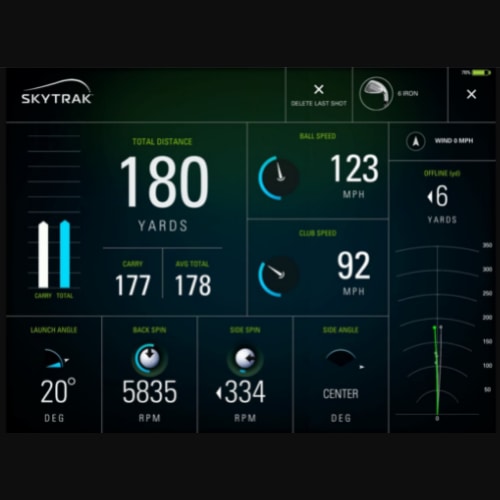
While launch monitors can track hundreds of ball and club data points, the most important relate to the following:
- Club Head Speed: How fast the club is moving (mph) at impact, indicating swing power.
- Ball Speed: The velocity of the ball (mph) after being struck by the clubface.
- Launch Angle: The vertical angle (degrees) at which the ball takes flight.
- Spin Rates: The rotations per minute (RPM) of backspin and sidespin imparted on shots.
- Carry Distance: How far (yards) shots fly through the air before bouncing.
- Total Distance: The total yardage (yards) of shots including rolls after landing.
Understanding these key ball flight metrics is essential for properly interpreting launch monitor data and applying it effectively towards improving your golf game.
Understanding Club Head Speed
Club head speed represents the velocity (mph) of the clubhead at impact with the golf ball. It directly correlates to power and distance potential. The faster an individual can swing while maintaining control, the further shots will carry. Professional golfers have very high swing speeds, while beginners and seniors typically have lower speeds.
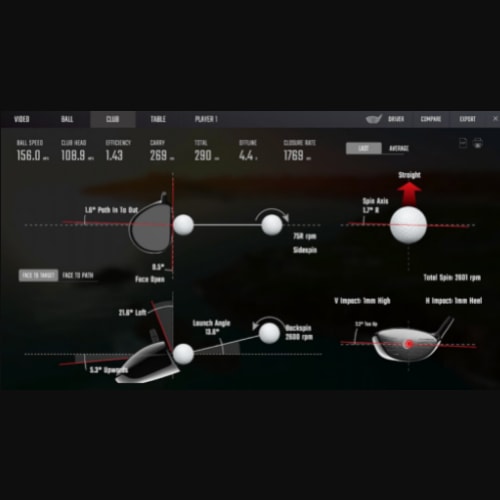
How to Increase Club Head Speed
Improving flexibility, strength and swing efficiency can help increase club head speed. However, you should focus first on sound technique, as uncontrolled speed gains can be counterproductive. Some safe ways to build speed over time include:
- Performing golf-specific flexibility exercises for the core and shoulders
- Working out with resistance bands to strengthen the swing muscles
- Incorporating speed training aids that provide feedback on tempo and transition
- Optimizing equipment fitting for maximum personalized speed potential
Speed gains should feel smooth and controlled. It is not recommended to overly strain or make drastic form compensations solely to swing harder. Sustainable speed comes from bio-mechanical efficiency.
Significance of Club Head Speed
Club head speed matters because it strongly influences both ball speed and distance. The two have a mostly linear relationship – add 10 mph of club head speed and expect approximately 10 extra yards of carry distance if other factors remain equal.
As such, knowing your baseline head speed lets you determine if you are achieving your available distance based on swing efficiency and quality of strike. Monitoring head speed also indicates whether fitness and flexibility training translates to measurable speed gains over time. The most accurate club head speeds come from launch monitors during professional club fittings.
Interpreting Ball Speed and Smash Factor
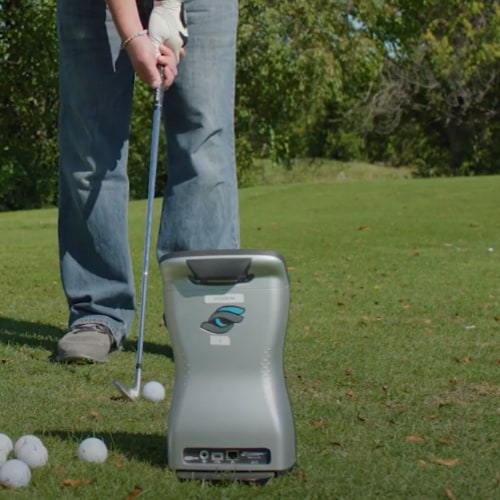
Ball speed and smash factor are interrelated metrics indicating how efficiently a player is transferring energy from their swing into the golf ball at impact.
Ball speed simply represents the velocity (mph) of the ball immediately after being struck by the clubface. Faster swing speeds enable faster ball speeds, and well-struck shots convert the maximum speed possible. PGA Tour average ball speeds are around 175 mph with driver swings over 110 mph.
Smash factor compares ball speed to club head speed at impact, with 1.50 being a perfectly efficient collision. For example, 100 mph club speed yielding 150 mph ball speed = smash factor of 1.50. Higher smash factors mean more energy is being transferred to the ball.
Maximizing Ball Speed
While club head speed sets ball speed potential, try to strike quality shots. Strike the ball on the sweet spot with dynamic loft for the longest shots. Consider lessons to ingrain impact fundamentals through drills emphasizing brushing the grass and hitting ball-then-turf. Regular practice builds muscle memory for consistency.
Custom club fitting also plays a role in optimizing launch efficiency – especially for faster swingers pursuing maximum ball speed. Monitoring the smash factor isolates equipment and strike contributors.
In summary, ball speed indicates distance results, while the smash factor reveals room for transfer effectiveness improvements. Strive for smash factors over 1.40 with irons and over 1.50 with woods by making a centered impact with optimum dynamic loft for your efficient launch.
Launch Angle and Spin Rates
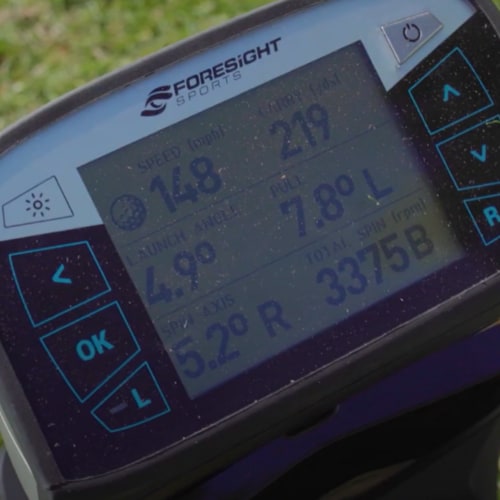
Launch angle and spin rates have a significant influence on shot trajectories and distance. Understanding optimal metrics based on club selection enables achieving favorable ball flight in different situations.
Optimal Launch Angle
Preferred launch angles vary by club. You may use the following as guidelines, and try to achieve numbers in between these ranges:
- Driver: 12 to16 degrees is recommended
- Fairway woods: 13-18 degrees
- Long irons: 18-22 degrees
- Mid irons: 22-26 degrees
- Short irons/wedges: 26-30+ degrees
Deviances from the above indicate inefficient impact and suboptimal energy transfer affecting height and carry.
Reading Spin Rates
Backspin stabilizes shots in flight, with wedge spin rates far exceeding those for drivers. Sidespin occurs when strikes are off-center and curving ball flight. You should monitor spin axis tilt. Target the following numbers:
- Driver backspin: Try to achieve between 2,000 and 3,500 RPM
- Iron backspin: 5,000-9,000+ RPM
- Wedge backspin: 10,000+ RPM
- All clubs sidespin: Keep it as minimal as possible to avoid slices and hooks.
Launch and Spin Optimization
Adjusting attack angles (the clubhead’s vertical angle at impact), dynamic loft (amount of the clubface’s loft at impact), club path, etc. can improve flight characteristics. However, optimal launch and spin originate from efficiently struck shots with centered impacts, proper angles of attack, aligned club face angle, and dialed distances gapping. Lessons, drills, club fitting, and using game improvement equipment can assist with consistency for better launch and spin results.
In summary, monitor launch angle and spin rates by club and target improvements through strike, equipment and swing adjustments for maximizing carry distance and control.
Understanding Carry Distance and Total Distance
Two of the most discussed outputs from launch monitors are carry distance and total distance. It is important to understand the distinction between these metrics and what factors influence them.

Carry vs Total Distance
Carry distance is simply how far the ball travels through the air before initially hitting the ground. Total distance accounts for additional rollout from the landing spot after the ball hits the ground. The total distance will be farther, sometimes substantially, if conditions are firm or downhill. Observing differences helps assess environmental factors and spin rates influencing flight.
Rating Distance by Age and Skill
It is important to contextualize distance by age and handicap when evaluating launch monitor numbers:
- Youth: 100-200 yards
- Seniors: 150-250 yards
- Women: 175-225 yards
- Beginners: 200-275 yards
- Amateurs: 225-300+ yards
- Advanced Men: 250-325+
Significant deviances indicate equipment or swing efficiency issues. Make appropriate lessons, practice, and fitting adjustments to realize full distance potential per your speed and transition efficiency.
Distance Maximizing Factors
Beyond baseline club head speed capabilities covered earlier, further distance requires optimizing your ball speed via strike quality/smash factor, perfecting your launch angles and spin rates and efficient weight transfer for added speed.
Environmental elements like wind, temperature and humidity also influence carry and total distance shot to shot. It is recommended to use simulators to master these variables.
Jointly assess carry and total trajectories, contextualize numbers by skill level, then utilize technique and equipment levers to maximize your distance capability.
Frequently Asked Questions
The following are some of the most frequently asked questions about launch monitors and data interpretation. We provided answers to ensure you know everything you need about launch monitor data.
Do launch monitors work for indoor and outdoor use?
Most launch monitors can be used both indoors with golf simulators and outdoors at driving ranges on golf courses. Advanced radar and camera technology enables ball-tracking in either environment.
Does club head speed correlate to driving distance?
Yes. There is a mostly linear relationship between faster club head speed and increased driving distance, when other factors remain equal. Each additional 10mph of speed yields around 10 extra yards.
What is a good smash factor?
A smash factor of 1.50 indicates maximum efficiency, transferring all your swing speed potential into ball speed. Strive for 1.40+ with irons and 1.50+ with woods.
Why do some golf simulators miscalculate yardages?
Factors like room lighting, surface angles, mis-hits that alter ball markings can influence simulator tracking and distance outputs. Lasers produce more realistic carry numbers.
How can senior golfers increase distance?
Seniors should focus on flexibility, strength training and swing efficiency improvements to maximize club head speed, ball strike, launch angles, and spin rate optimization relative to their ability level.
Final Thoughts
In closing, launch monitors provide golfers with an invaluable source of swing and ball flight feedback. While the sheer amount of data can seem daunting at first, paying attention to key club speed, ball metrics, launch qualities and distance numbers offers objective insights for skilled improvement.
Remember that speed and distances should be contextualized based on age, gender and ability. Optimal angles, spin rates and smash factors do vary by club but follow general ranges. Deviances point to equipment changes or technique adjustments needed. Lessons, training aids, custom fitting and practice are all important to engrain sound fundamentals that translate to the positive launch conditions and maximum distances capable for your swing.
To understand deeper into how launch monitors work and the specific technologies they use to capture swing data, check out our guide on how do golf launch monitors work.
We hope this guide will help you achieve your maximum potential performance and distances on the course. If you still have any questions in mind, please contact us.
Thanks for reading!


